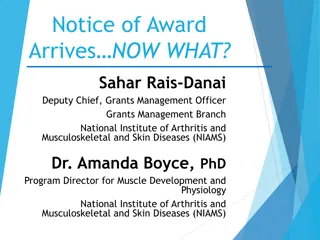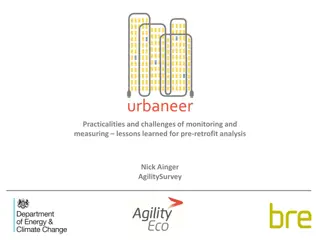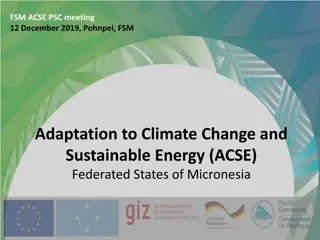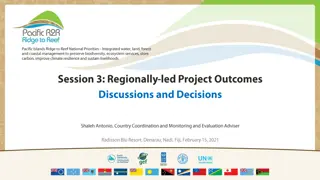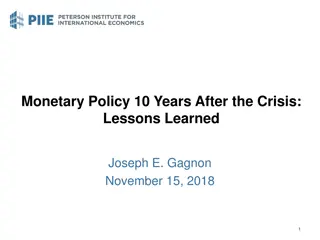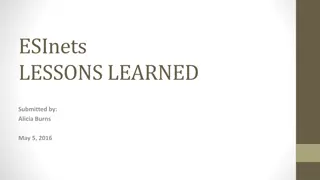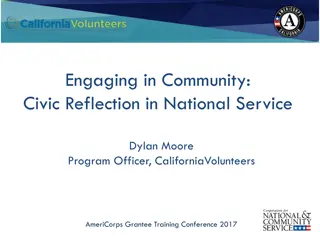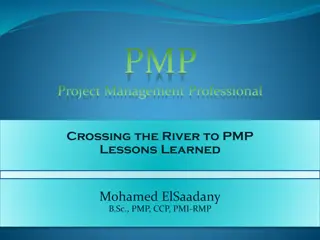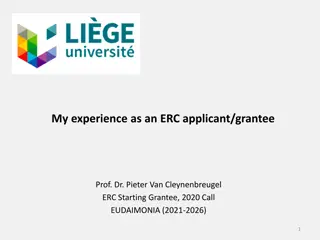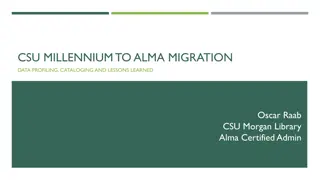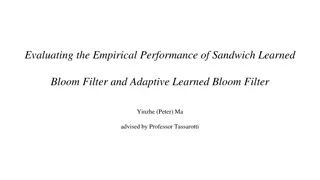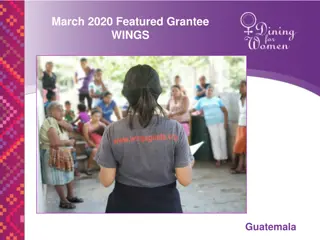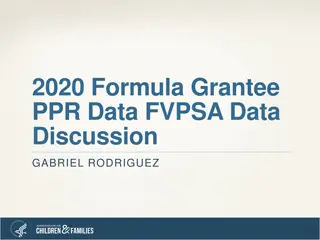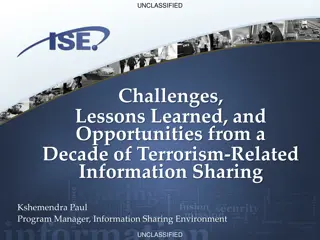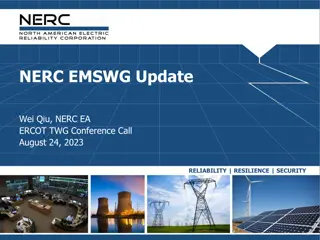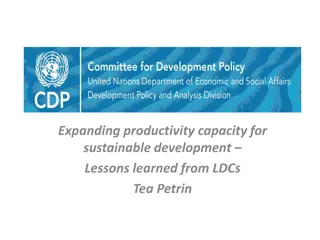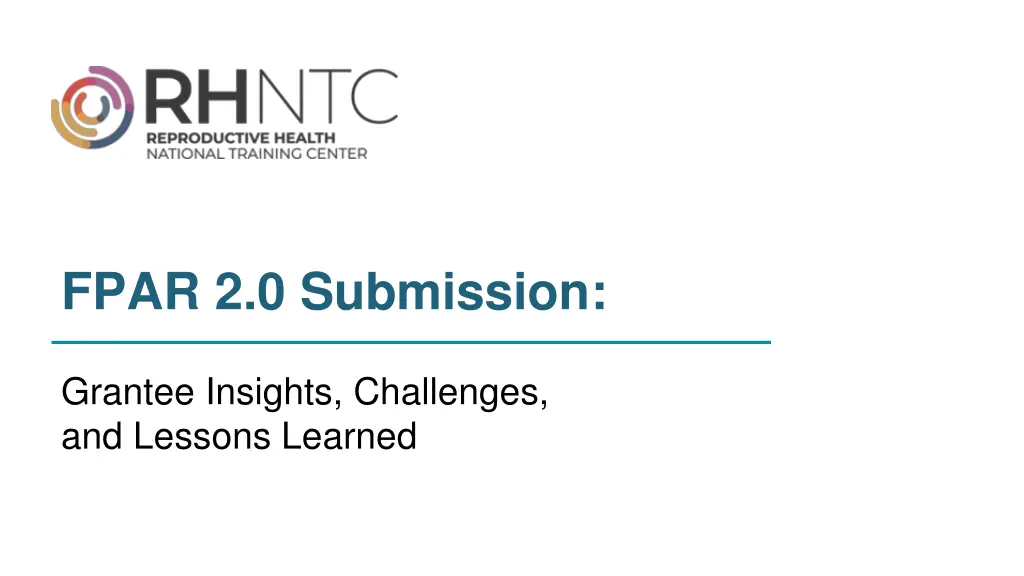
Coordination Strategies for FPAR 2.0 Reporting
Explore insights and lessons learned from the transition to FPAR 2.0, focusing on effective coordination practices, tools for data validation, and readiness tips. Grantees share their experiences to support each other in the process.
Download Presentation

Please find below an Image/Link to download the presentation.
The content on the website is provided AS IS for your information and personal use only. It may not be sold, licensed, or shared on other websites without obtaining consent from the author. If you encounter any issues during the download, it is possible that the publisher has removed the file from their server.
You are allowed to download the files provided on this website for personal or commercial use, subject to the condition that they are used lawfully. All files are the property of their respective owners.
The content on the website is provided AS IS for your information and personal use only. It may not be sold, licensed, or shared on other websites without obtaining consent from the author.
E N D
Presentation Transcript
FPAR 2.0 Submission: Grantee Insights, Challenges, and Lessons Learned
Our Panelists Christina Garza, Reproductive Health Program Manager, Nevada Primary Care Association Kelsie Ostergaard, Data Manager, and Kiauna Graham, MS, RN, Family Planning Nurse Consultant, Office of Family and Community Health Services, Maryland Department of Health Lorraine Lacroix-Williamson, PhD, MPH, Epidemiologist, Sexual and Reproductive Health Program, Massachusetts Department of Public Health
Agenda for FPAR 2.0 Recap Coordination throughout the year 1 3 Submission process Reflections and lessons learned Pre-submission data validation 2 4
Objectives 1 Share practical experiences and lessons learned Explore effective coordination practices for collecting and compiling data 2 Identify tools, processes, and checkpoints used for validation 3 Offer peer-driven tips and guidance that drive readiness 4
Background Grantees have been gradually transitioning from FPAR to FPAR 2.0 over the past several years, with 2025 marking the third year of the transition. Since 2022, grantees have submitted encounter-level or aggregate FPAR 2.0 data, while simultaneously preparing for full adoption of encounter-level reporting. All grantees are expected to report encounter level 2025 FPAR 2.0 data in 2026. This shift reflects years of preparation, and today s session will mine the experience of this transition to support each other in the process.
FPAR 2.0 Readiness Process Pre-submission data validation Coordination Reflection Process improvement for next year Compiling and combining Submission!
Tell Us about Yourself Where are you joining us from? What is the structure of your program? When did you first submit FPAR 2.0 encounter-level data?
Coordination For FPAR 2.0 Reporting
How have you coordinated? Can you walk us through your internal timeline? What kind of internal communication or coordination was most effective across during this process? If you have to coordinate data collection across multiple sites, subrecipients, and/or other systems what tools or processes help?
Pre-submission Validation For FPAR 2.0 Reporting
Pre-submission Validation (cont.) What system(s) did you need to pull data from, and how did you manage any integration or matching challenges? How did you ensure data accuracy and completeness before uploading What specific tools or checkpoints did you use during the year? Where along the process did you do so? Did you use the data validation explorer tool? What was your experience with that?
Submission Process For FPAR 2.0 Reporting
Submission Process(cont.) How long before the due date did you do your submission? How did your team handle data validations that arose during submission were there particular errors that were harder to resolve? How do you use the comments section to report and contextualize trends?
Reflections For FPAR 2.0 Reporting
Reflections (cont.) Were there any surprises positive or negative that came up during your FPAR 2.0 submission experience? What advice would you give to a new grantee or team preparing for their first FPAR 2.0 submission? Now that you ve been through one or more FPAR 2.0 submissions, how are you planning to improve or streamline your process for next year? Or, if you haven t done so yet, what have you taken from your peers?


